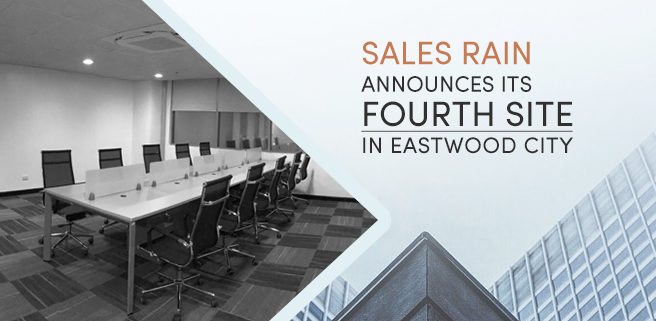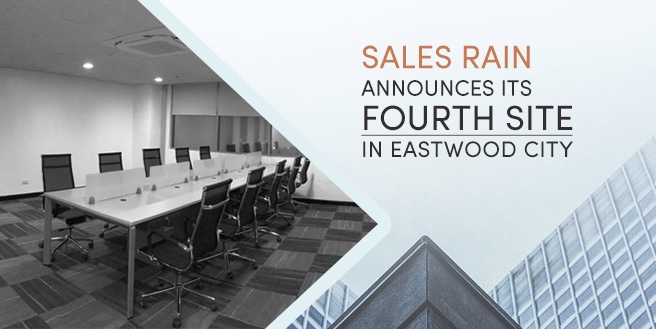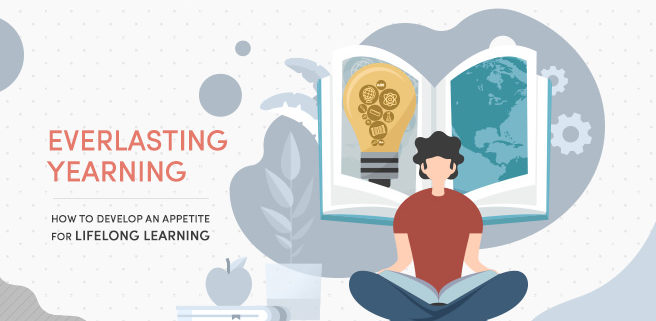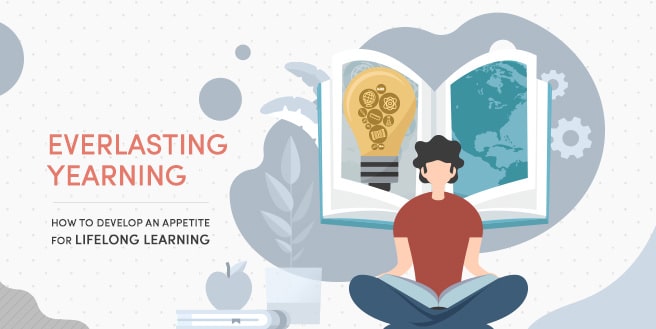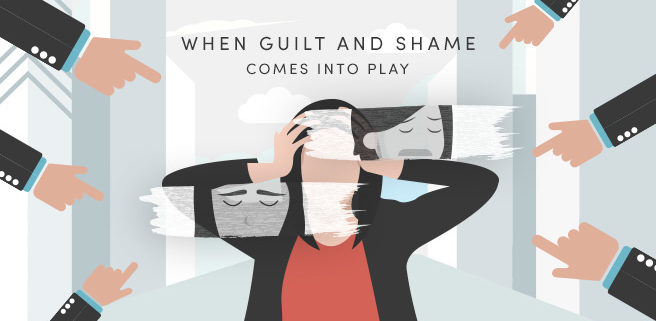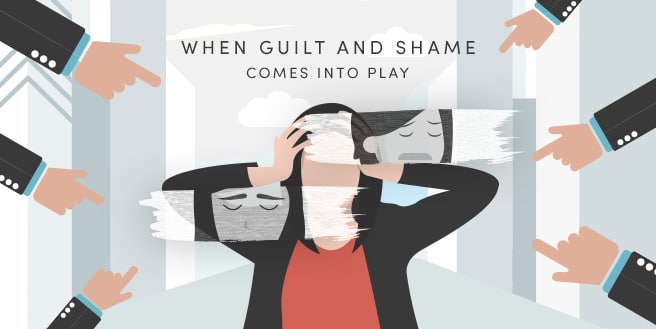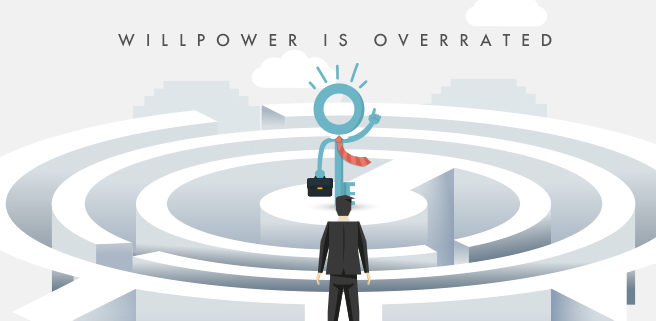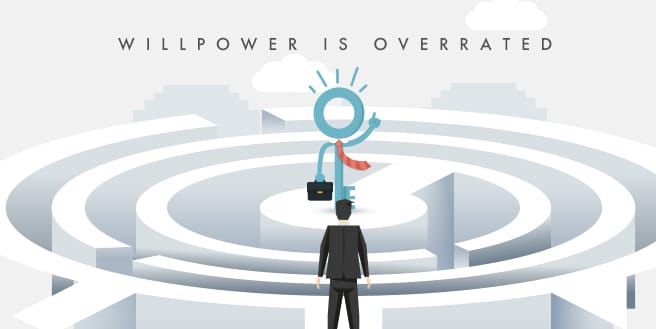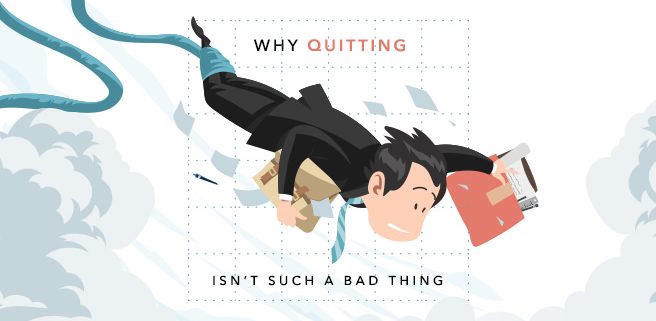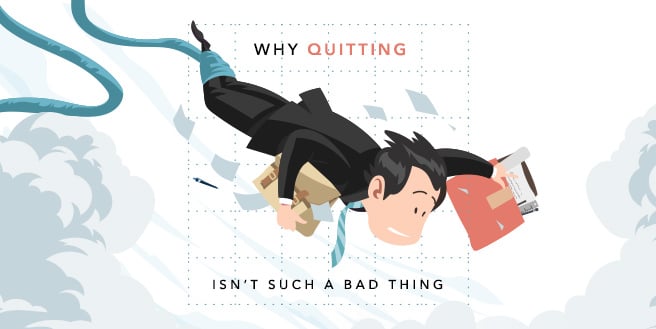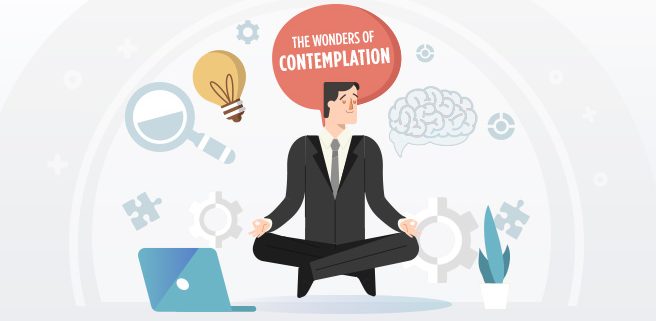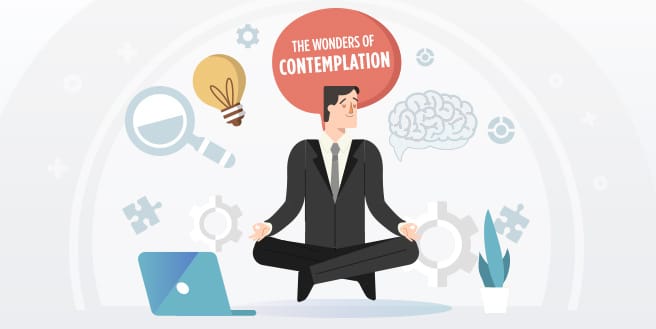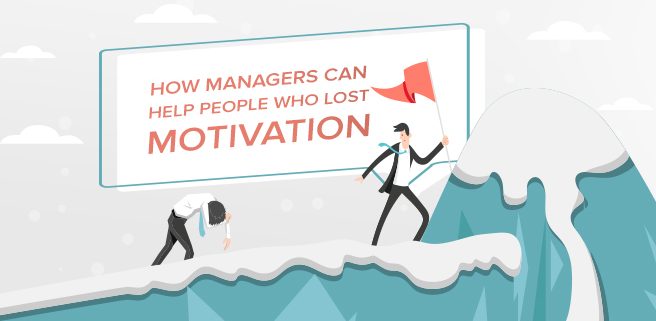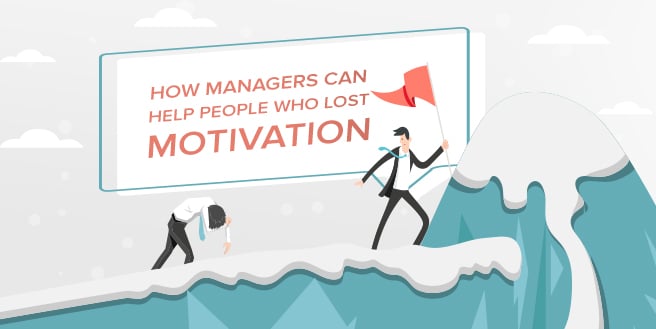The Benefits of Rotating Office Seating Assignments
Whenever offices are reorganized, most workers view the process as nothing else but a nuisance interrupting their daily work and for what exactly? They’re not really sure. Design firms and experts have long discussed the benefits of changing up work environments, claiming that when people are able to circulate freely and had more opportunities to engage with different sets of coworkers, they become more communicative, collaborative, and creative.
Even world-famous managers believe so too; when Steve Jobs was designing the new headquarters for Pixar, he designated large central bathrooms in the building’s atrium, rendering employees to walk a couple of distances to use them creating unplanned “collisions” that would later on spark innovations. Several studies have backed it up but the financial return rate of such investment had been hard to prove – until recently.
A professor at Carnegie Mellon University, Sunkee Lee, came across a “natural experiment” within a large South Korean e-commerce company that was moving into a new office. In their old building, six Merchandising teams tasked with sourcing and marketing flash deals for various products were seated in one area while six other merchandising team sat in another, separated by a common entrance. And though the company wanted both groups to be in one location altogether, space constraints would render nine of them to be in one open area and three in another with a common entrance between them. Both areas are identical in terms of its decoration, lighting, equipment, distance between teams and their respective workstations, as well as proximity to management – there’s no denying that it was pretty similar with those of the old headquarters and employees had no choice where they would sit.
Lee looked at over 38, 435 deals done by 60 merchandisers over 200 days – 120 days before the big move and 80 days after – and found that those merchandisers in the area that contained more teams sourced over 25% more deals from new suppliers, on average, than all merchandisers had sourced before the reorganization. The thing was, the deals didn’t come from collaboration, they were a mark of change in the quality of the employees’ work. Lee identifies the change as a shift away from “exploitation” or the repetition of offers to “exploration” – the formulation of new ideas. More importantly, the daily deal revenue of each employee sitting with a previously unknown colleagues was 40% higher, on average, than that of their average prior to the move.
The aforementioned increase in creativity and the jump to exploratory ideas was statistically significant for those whose experience sourcing deals within the organization. They were above the median and had no social ties to most of the members of their new workspace. Lee explains that once a person learns enough about the area they specialize in, exposure to new peers would help them enhance their creativity. He adds that physical proximity promotes trust and the exchange of knowledge between new colleagues.
In addition to this, the change of surrounding seemed to boost the employees’ performance compared to the other switches the company has made. Moreover, the effect brought upon by the relocation was quick.
Sunkee Lee’s study is one of the first to use a before-and-after setup to examine how a change in a office seating arrangement affects individual innovation and sales performance. But it became part of a long line of research suggesting that where we seat can do significant effects on how they work together. Another prominent example of this is MIT professor Thomas Allen’s study on communication among engineer in the R&D facility of a multinational company during the 1970s. His finding, popularly known as the Allen curve, shows the dramatic drop in dialogues between employees who sit apart. Though most of the earlier research focused on businesses, the aforementioned phenomenon happens in other arenas too. A 2015 study said that members of the US Senate who will sit in close proximity with one another are likely to support each other’s legislation, regardless of their party affiliations.
And though majority of today’s organizations have left closed-door offices behind in exchange for open spaces for communal workspaces, few have gone as far as routinely changing office seating arrangements. Lee still suggests that such interventions is of big help to organizations who live by knowledge sharing and innovation.
And in any case you want some help in keeping things fresh, hit us up!



